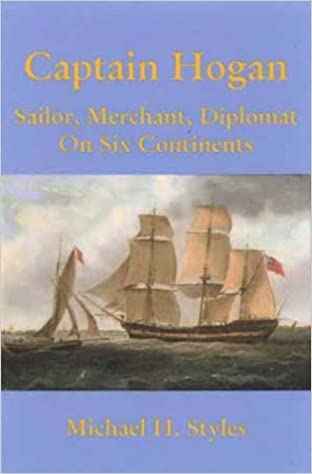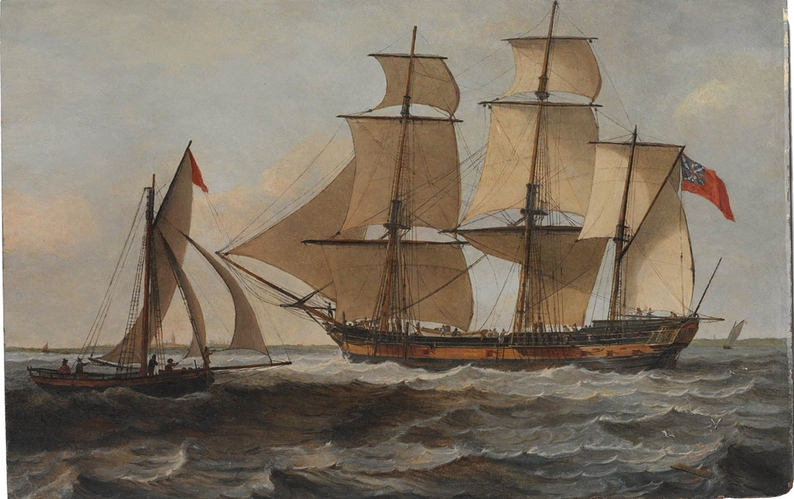Philip Howarth
Philip died on 27.2.22.

.

Help build a collection of images, documents and recollections for the benefit of future generations.
Apply for a FREE trial account today!
Get Started!
Philip died on 27.2.22.
Eleanor Adele Richardson
is the latest relative on the
Richardson website - thanks to
Tim Richardson
for this contribution.
To find any relative, check out the Names page.
Grant Taylor is the latest Richardson to join - welcome!